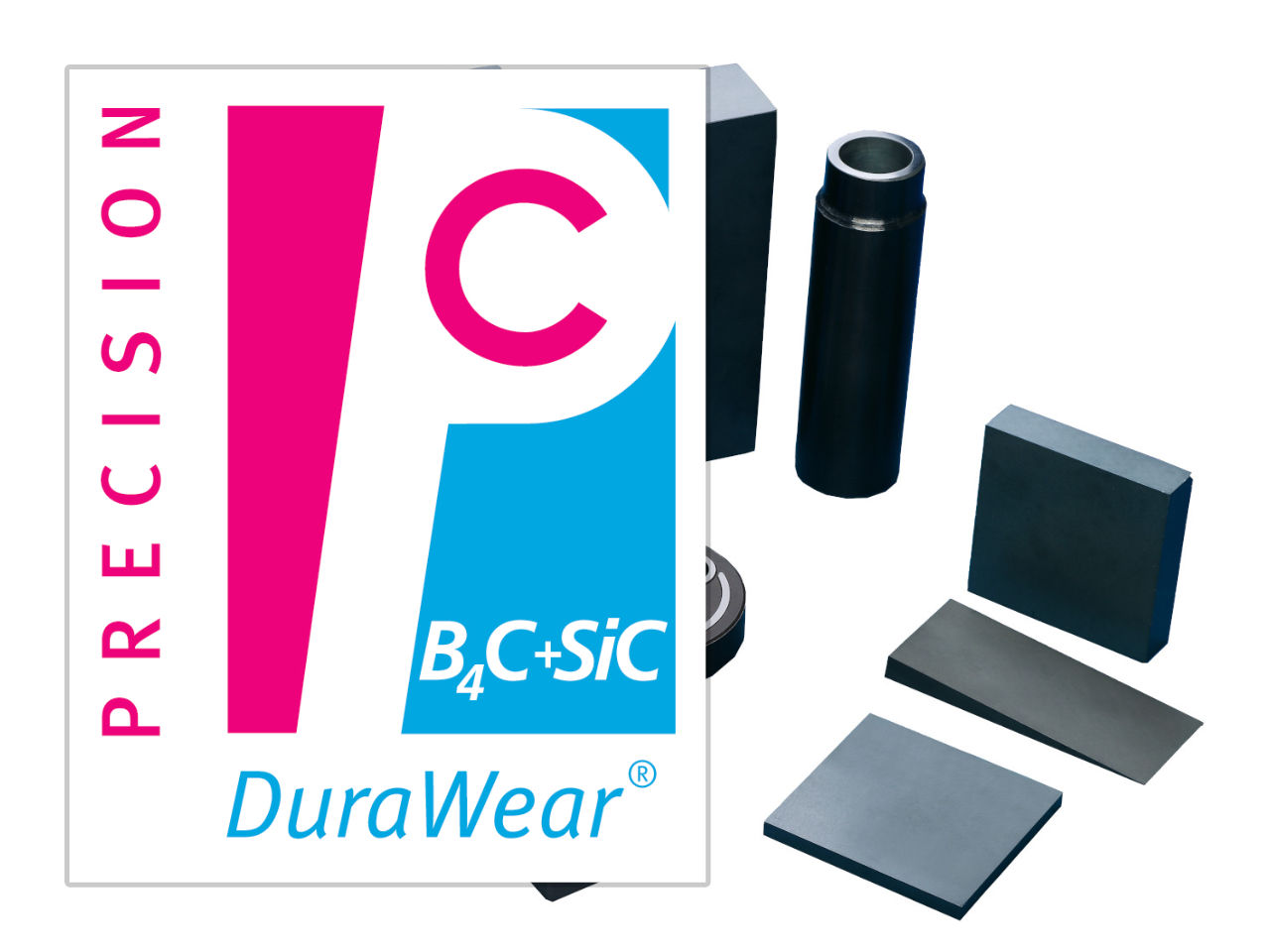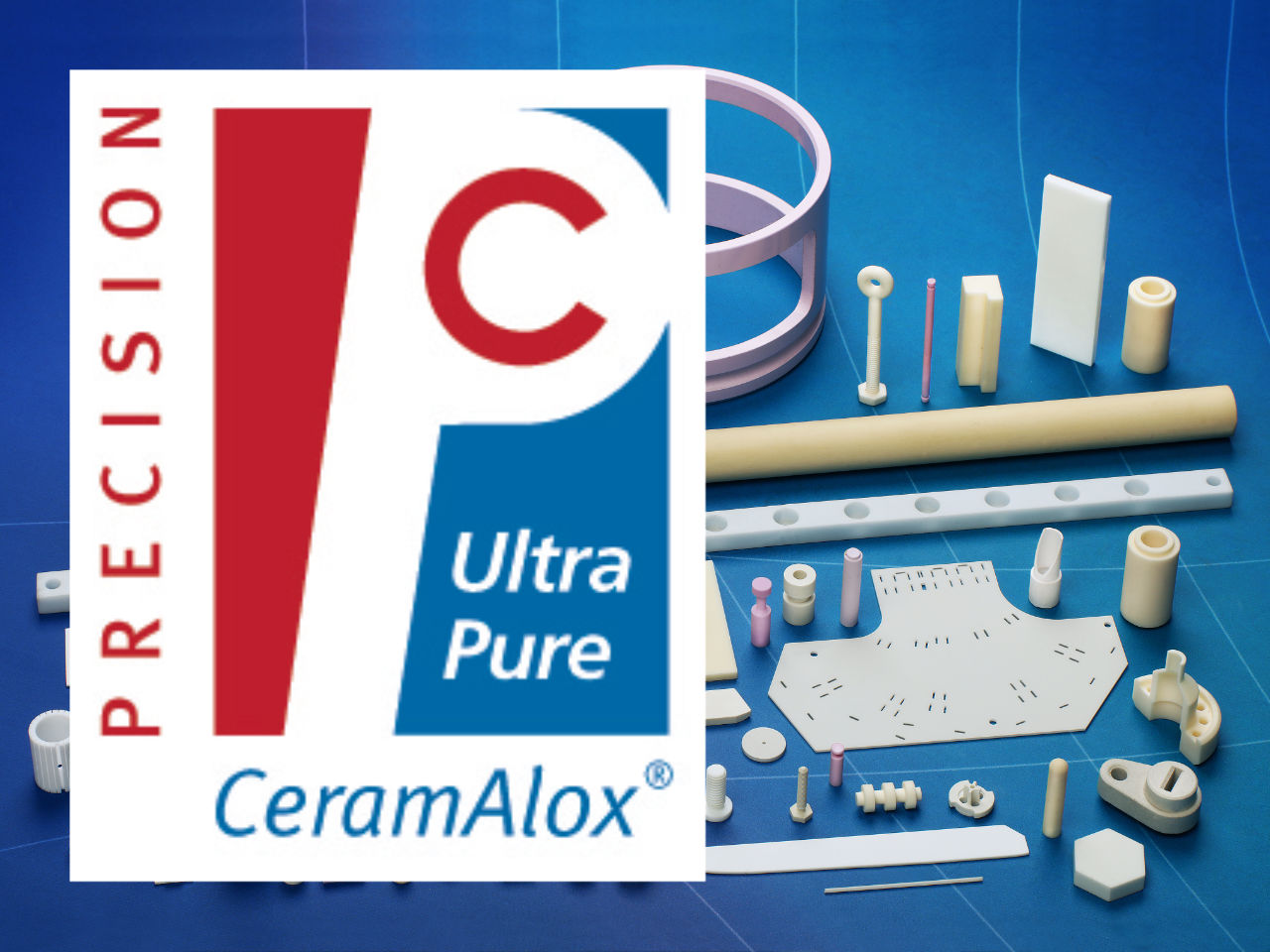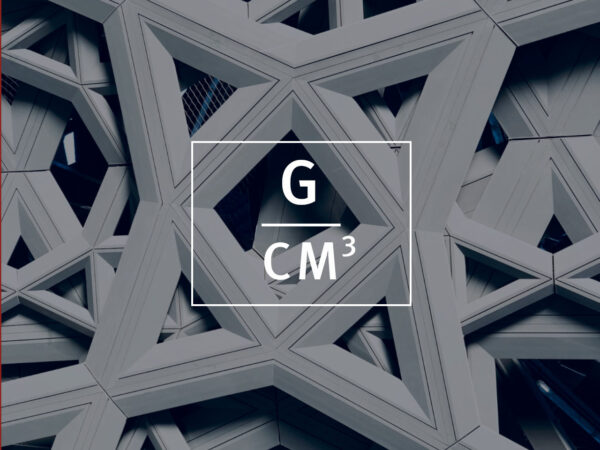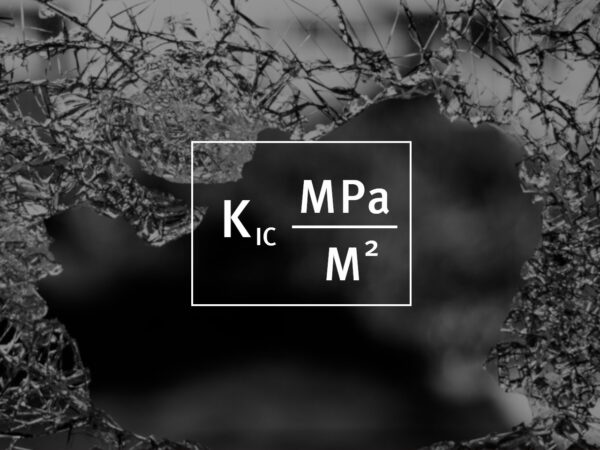Hardness
Materials Ranked by Hardness
In terms of hardness, between DuraWear™ and Durashock™ there’s not much to choose between them but each has its own specific advantages in terms of properties and applications. This is followed by Silicon Carbide (SiC), one of the lightest, hardest and strongest advanced ceramics.

Boron Carbide (B4C) - DuraWear™
DuraWear™ is a Boron Carbide based hard ceramic composite for abrasive wear protection. With a high
intrinsic hardness for applications where abrasive wear is an issue.
Details
Boron-Silicon Carbide (B4C-SiC) - DuraShock™
28 GPa
DuraShock™ is a Boron-Silicon Carbide tough and hard lightweight ceramic composites for ballistic protection applications.
Details
Silicon Carbide (SiC) – CeramaSil-C™
Silicon Carbide (SiC) is one of the lightest, hardest, and strongest advanced ceramic materials with exceptional thermal conductivity, acid resistance, and low thermal expansion.
Details

Alumina (Al2O3) – CeramAlox™ Ultra Pure
CeramaAlox Ultra Pure is a very high purity (99.95%) grade of Alumina (Aluminum Oxide) exhibiting an exceptional combination of mechanical and electrical properties.
Details
Ceramic Material Comparison Chart
Related Properties

Compressive Strength
Compressive strength is the capacity of a material to withstand loads tending to reduce size. Explained differently, compressive strength resists compression (being pushed together), whereas tensile strength resists tension (being pulled apart).

Density
Density is the mass of a material per unit volume. The unit of measurement can be expressed in different ways and is referred us as g/cm3 but another measurement value is kg/m3.

Fracture Toughness
The ability to resist fracture is a mechanical property of materials known as fracture toughness. For advanced ceramics it uses a critical stress intensity factor known as KIC where the fracture normally occurs at the crack terminations.

